A wonderfully dry start to spring has allowed us to spread muck and compost, plough, prepare seedbeds, and start planting spuds, peas, and artichokes in ideal conditions. It is such a joyful contrast to the rain, mud, and delays of last year.
So often, farmers are forced to prepare the land in marginal conditions, because spring plants start arriving from the greenhouses in March and can only be held in their trays for so long before being planted. Plants forced into poor-quality seedbeds never achieve intimacy with the soil, and almost invariably produce poor crops. But if we are able to be patient and get the timing right, then we are rewarded by the crop roots, mycorrhizal fungi, and soil quickly becoming one, with boundaries blurred in a complex, synergistic, and productive ecosystem.
By late winter, most of the soluble, plant-available nitrogen (a critical nutrient) in the soil has been leached out of reach of crops’ roots by the winter rains. As air temperatures rise in late February, crops start sending out new leaves—but with the soil still at a cooler temperature, its bacteria and fungi are slow to recycle organic matter and make more nitrogen available to roots again.
Non-organic farmers can use synthetic fertilisers—and, at least in the short term, impatience can pay off. Spring starts with the first application of ammonium nitrate or urea. The effect can be dramatic, with leaves darkening in colour and putting on significant growth within two weeks. You could sign your name on a field in ammonium nitrate, and it would stand out as lush green growth. But what’s going on below the surface is just as important as what you can see on top.
Without synthetic fertilisers, organic farmers have to wait for the soil to warm up and its underground ecosystem to reactivate naturally. This is highly dependent on maintaining healthy soil with an open, aerated structure; compromised soils are the last to wake up. For over-wintered crops of broad beans, rhubarb, and so on, it can be worth risking some root damage and tilling between the rows to break up the rain-damaged surface of the soil, allowing air in to wake up the microbial life beneath. Ploughing, in the right conditions, has the same effect.
Farmers aren’t known for our celebratory tendencies, but there are lots of happy people out on tractors at the moment. Long may these fine conditions continue.
Our News from the Farm posts come from Riverford. They are the digital versions of the printed letters which go out to customers, every week via Riverford’s veg boxes. Guy Singh-Watson’s weekly newsletters connect people to the farm with refreshingly honest accounts of the trials and tribulations of producing organic food, and the occasional rant about farming, ethical and business issues he feels strongly about.


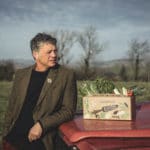


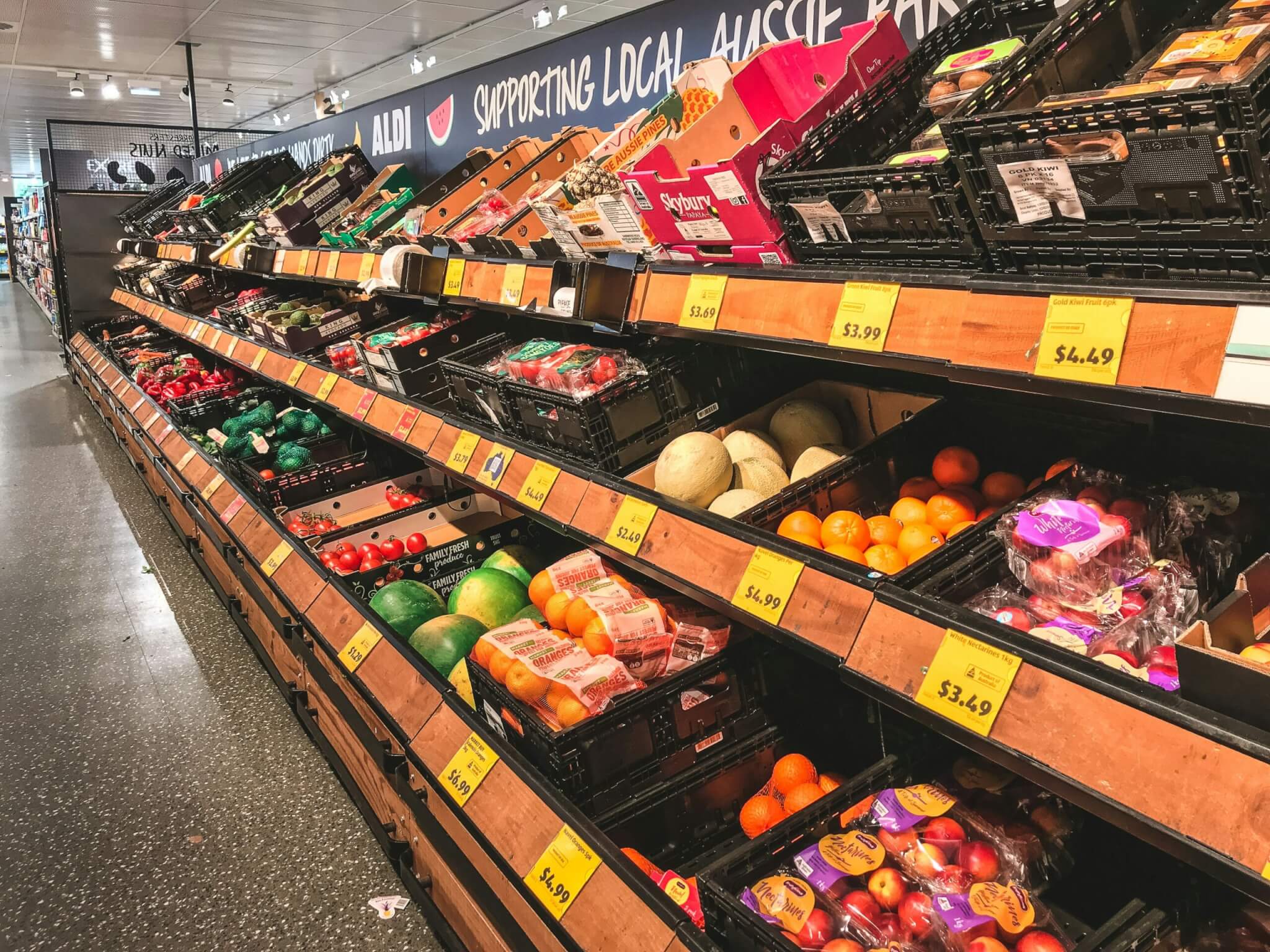

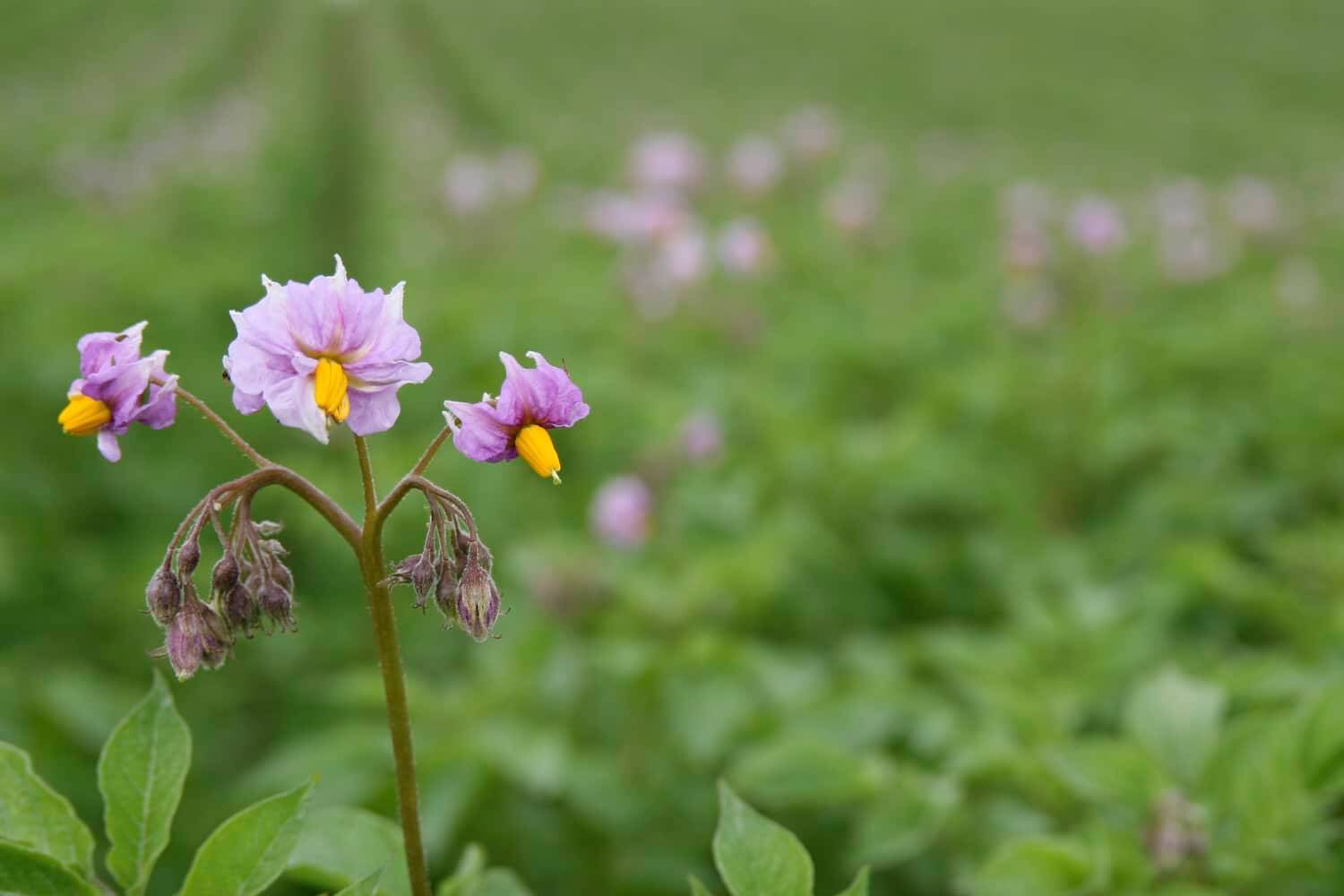
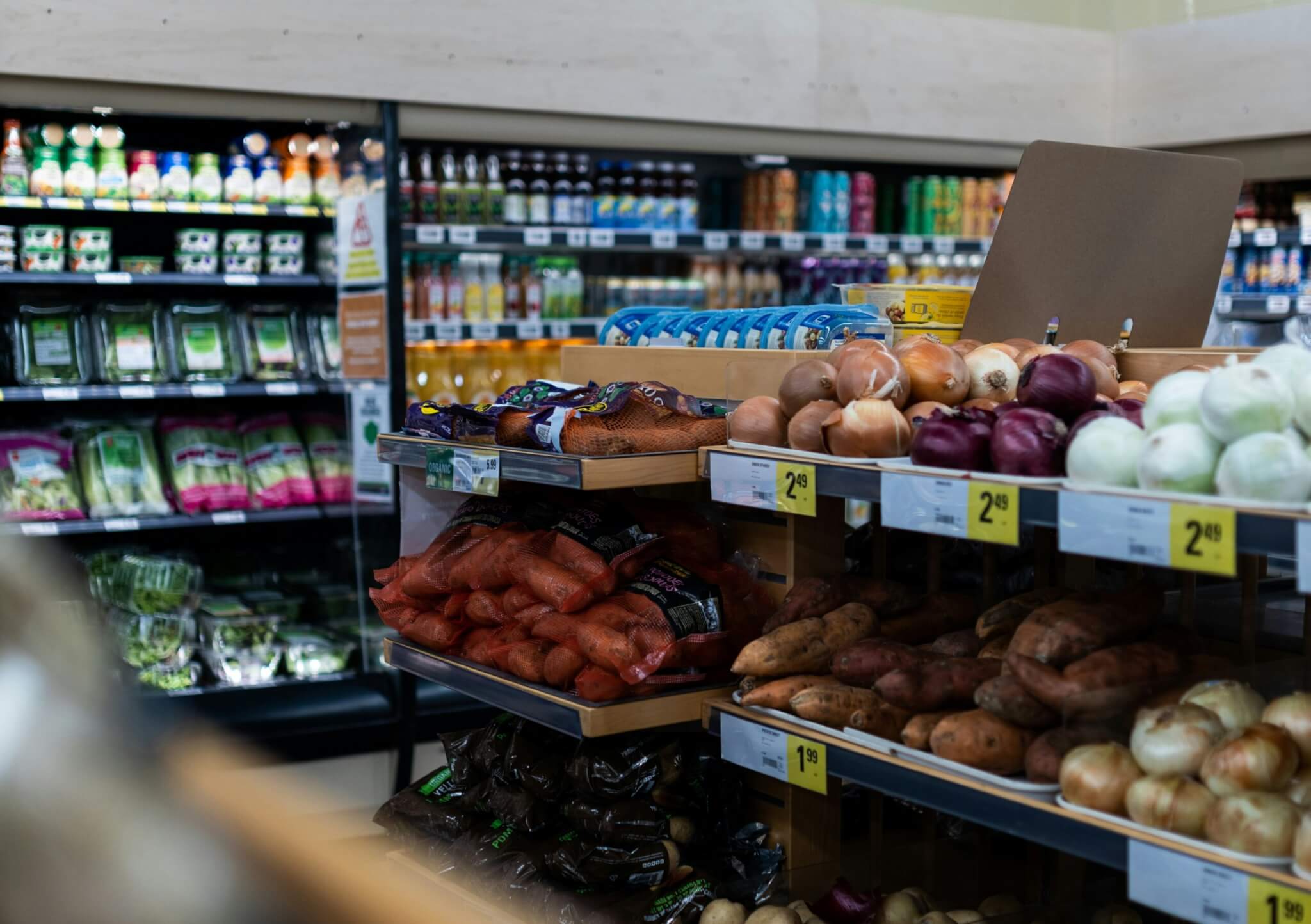


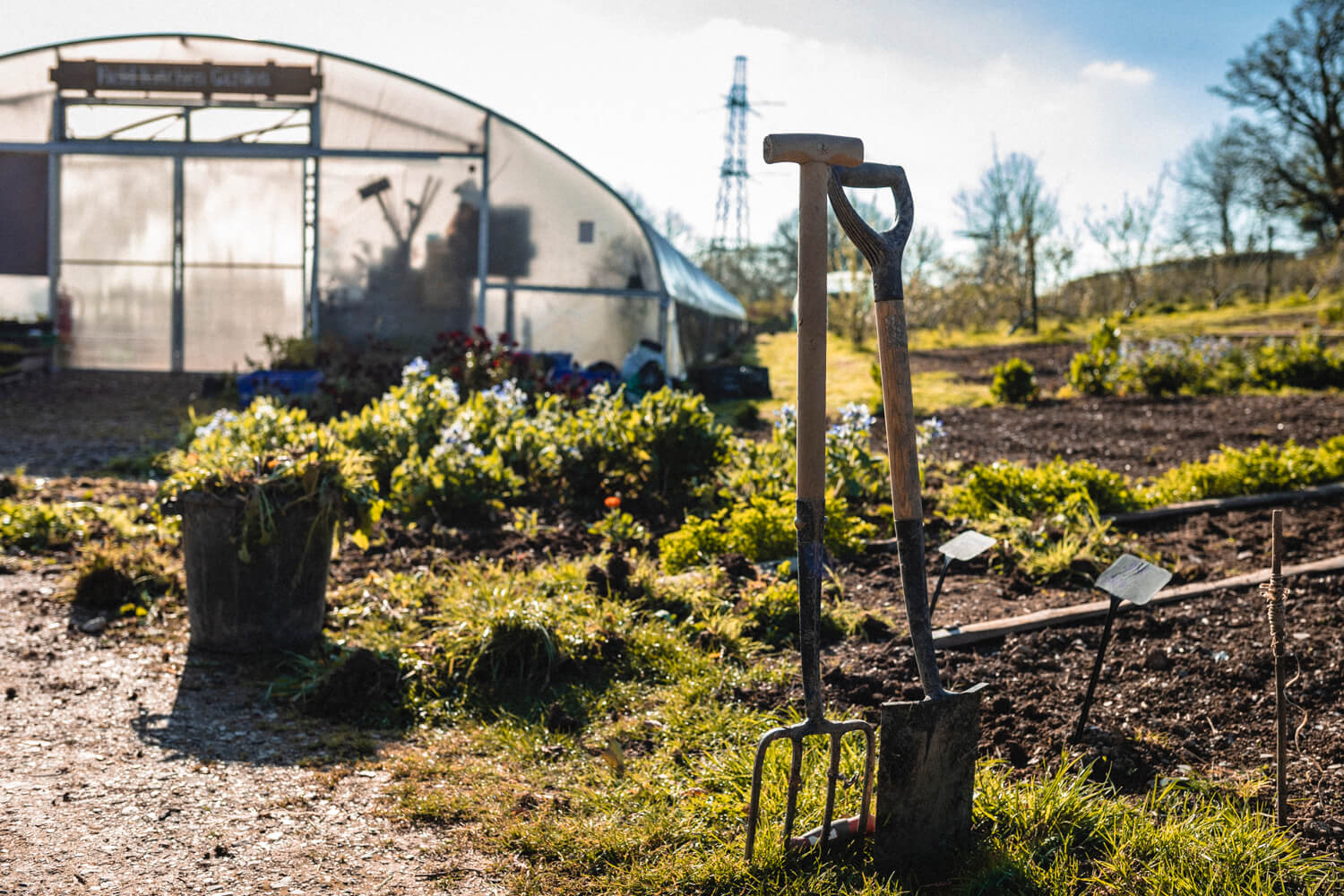
0 Comments